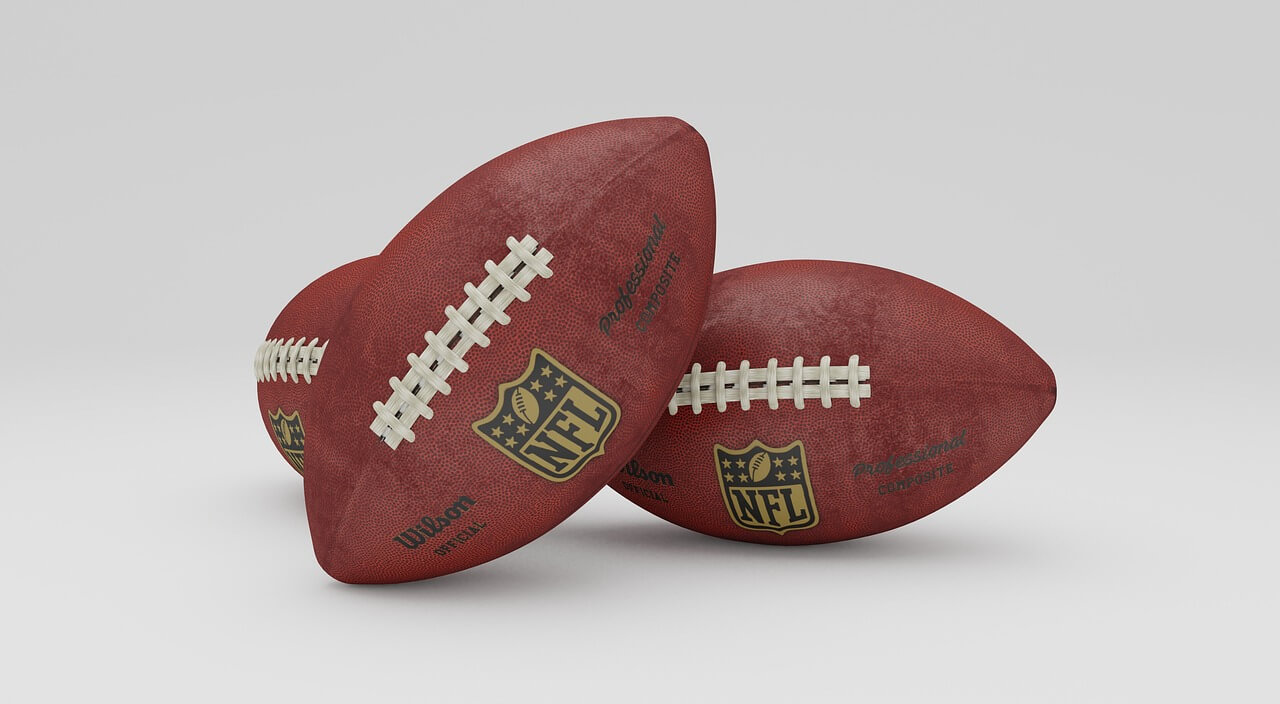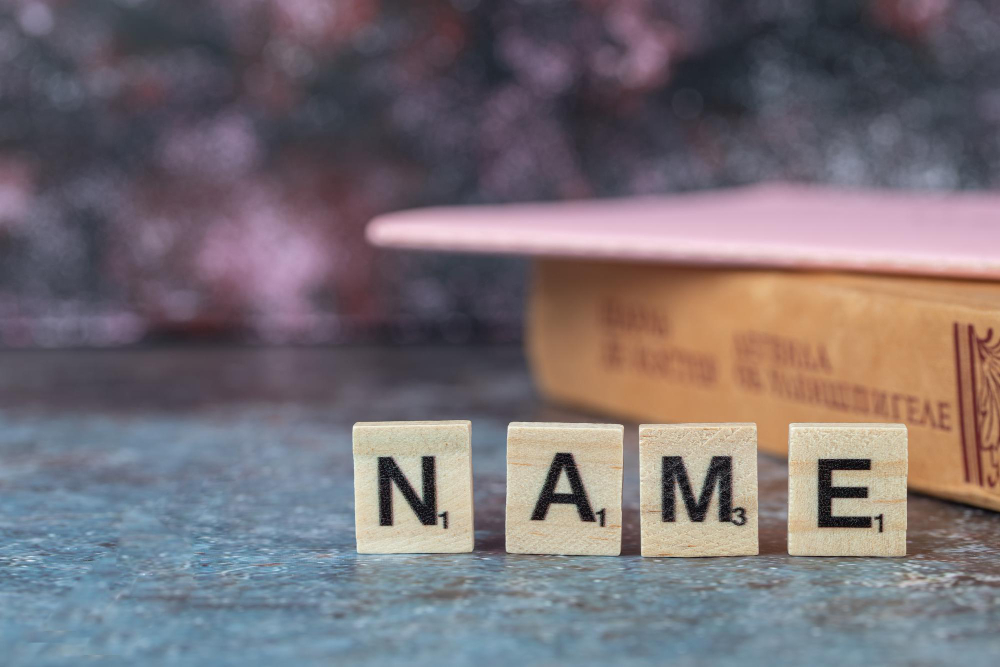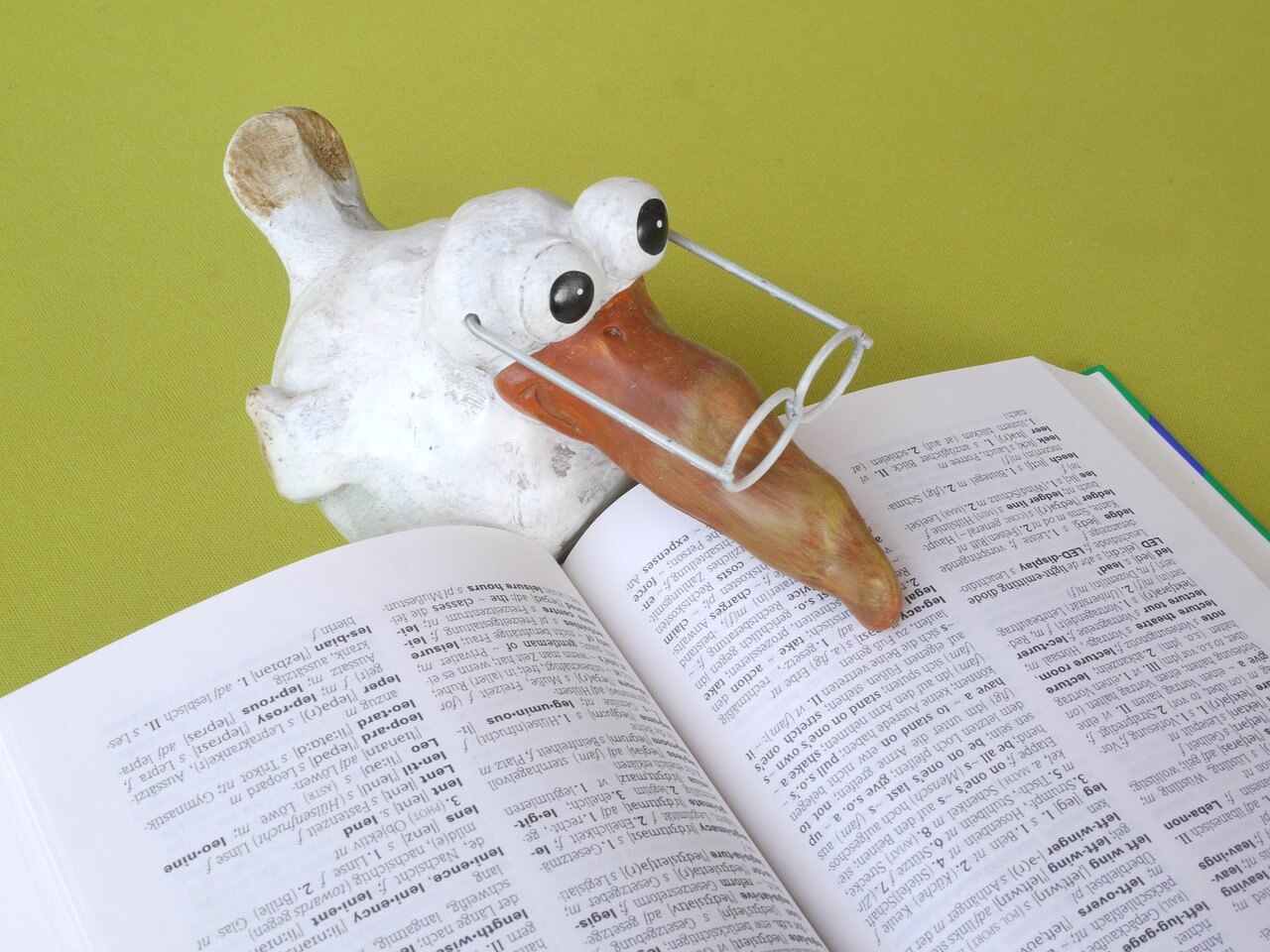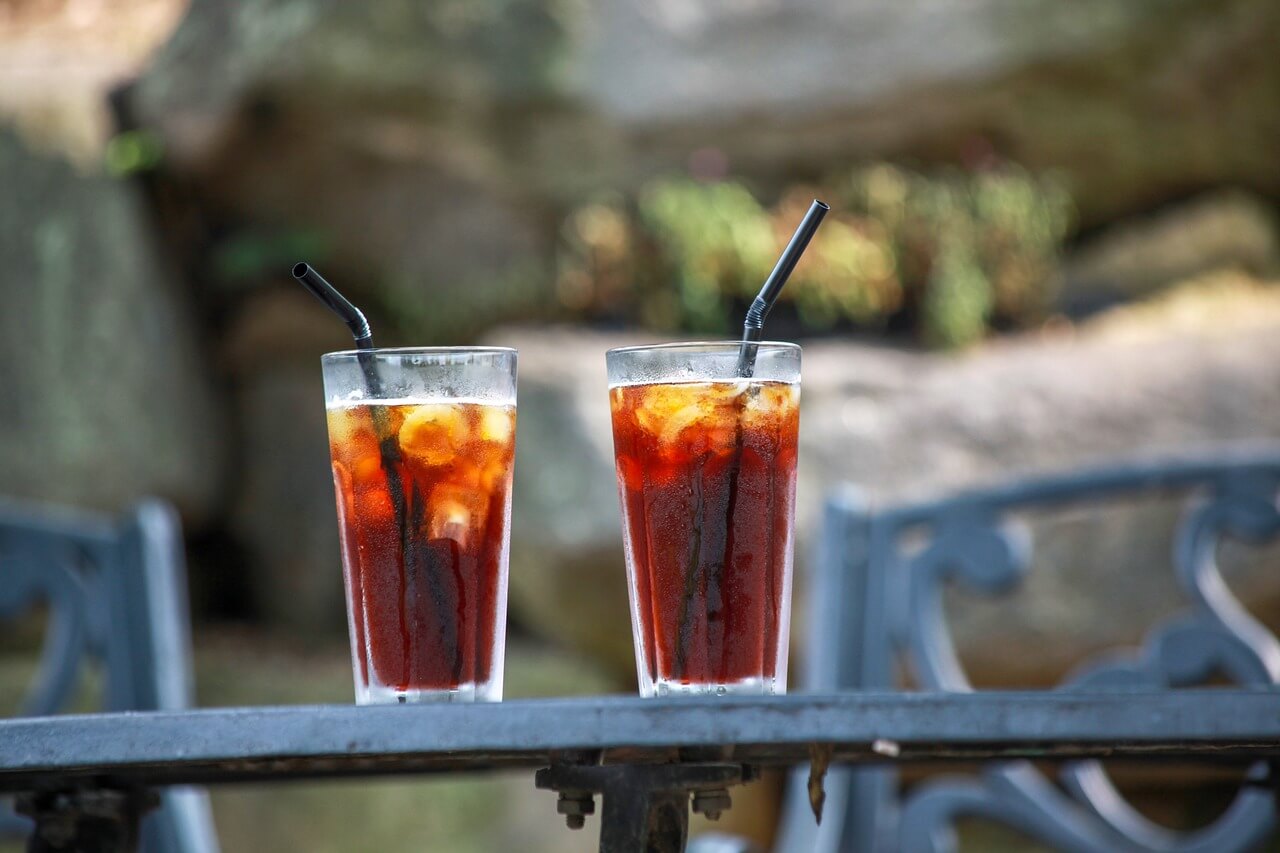
How to Respond to Cease & Desist Letters
How to Respond to Cease & Desist Letters
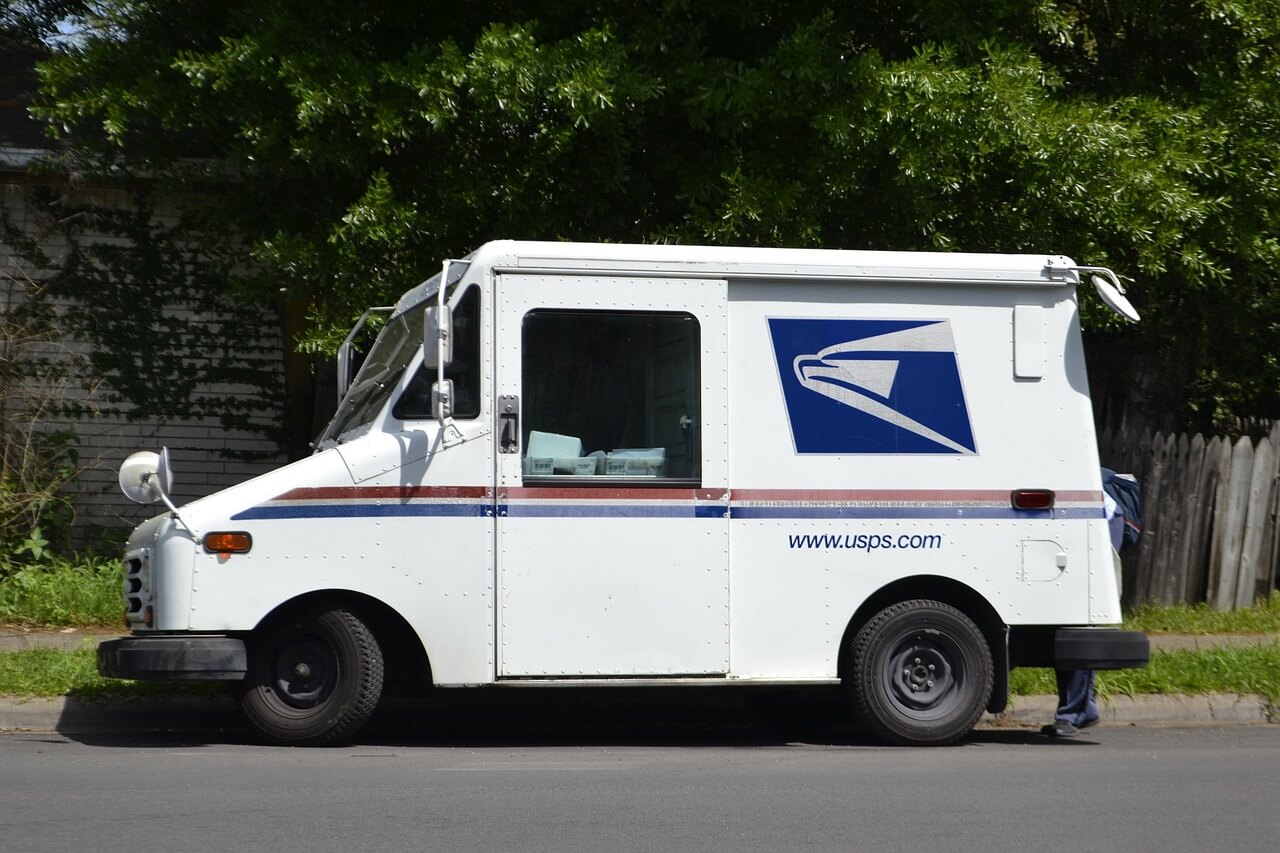
Demand Letters. Cease & Desist Letters. Notice Letters. Threatening Letters. Whatever you call them, a letter saying that you may be infringing someone else’s brand rights is difficult to receive. You need to take these letters seriously because the sender could make you change your name and take your profits. I am introduced to many clients after they have received one of these letters. While I can’t make the problem go away, I can use my experience to find the best possible outcome to the situation.
One common problem I see is that small businesses frequently don’t understand what the issue is. Many people think the letter is saying “you purposefully did something bad.” This is not the case. Trademark infringement does not require knowledge or intent. It’s simply enough if one brand is likely to be confused with another. Put another way:
IT DOESN’T MATTER IF YOU DID NOT PURPOSEFULLY DO SOMETHING WRONG.
What to Do After Receiving a Cease & Desist
1. One of the first actions you should take is to determine what the sender is alleging. Is the problem that your brand is too similar to theirs? Maybe it’s because you both sell in the same state. It could be the new products you started selling. Whatever it is—what do they think the problem is?
2. Next, you should understand what rights the sender has. The letter likely contains a brief summary of their rights, but you should verify these. Are the rights registered? What brand(s) are they using? What goods/ services do they sell? Where do they operate? When did they start? All of this may impact the outcome of the situation.

3. You should then fully account for your rights. Mainly you want to understand if there is overlap between your use of your brand and their use of their brand, and confirm that your use is newer than theirs.
4. Now it’s time to begin the legal analysis, followed by making business decisions. Maybe we determine that the problem is that you sell widgets in Delaware. In this case, the solution may be as simple as stopping this limited activity.
We Can Help!
Receiving these letters can be difficult, but you should not ignore them. You also should not try to respond yourself. Contact an attorney with trademark law ®️ experience and let them help you through this. I welcome your call, and am happy to start with a free consultation.








